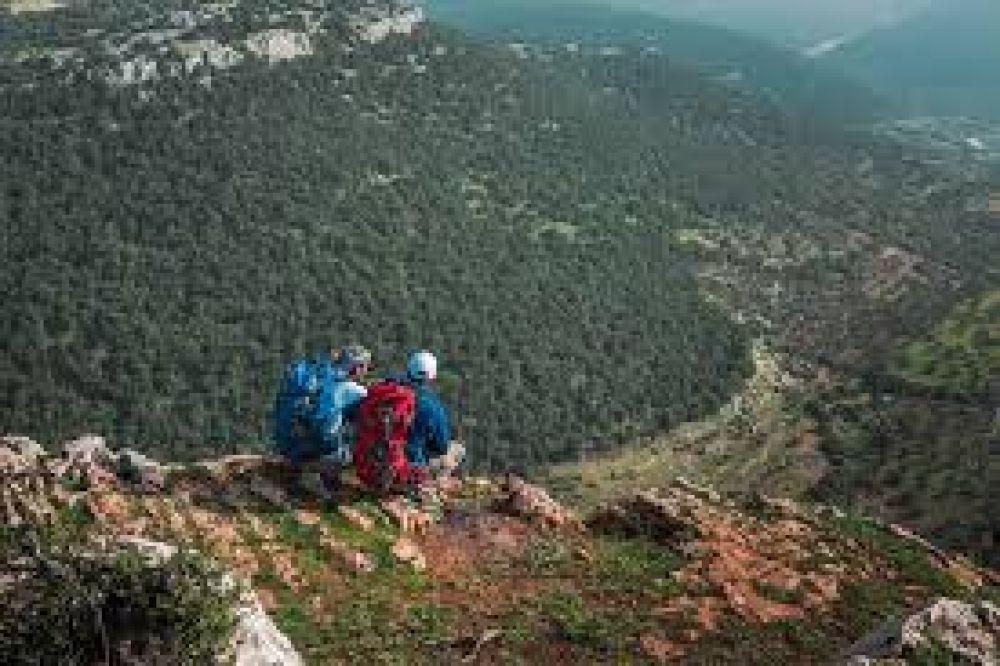

The Ajloun Nature Trail is a stunning example of Jordan's commitment to preserving its natural landscapes while showcasing its rich historical tapestry. Ajloun, a town in Jordan located approximately 73 kilometers north of Amman, is home to rolling hills covered in evergreen oaks, wild pistachio trees, and carob trees. Tourism in this region is deeply rooted in the harmonious blend of natural beauty and historical significance, which has been attracting visitors for many decades.
Ajloun is synonymous with the famous Ajloun Castle (Qal'at Ar-Rabad), which was built in 1184 by Izz al-Din Usama, a general of Saladin. This fortress played a key role in the defense against the Crusaders and controlling the iron mines of the area. Tourists have been drawn to Ajloun to visit this historical monument, and the development of the Ajloun Nature Trail has enabled them to explore the area's natural wonders alongside its historical landmarks.
Eco-tourism began flourishing in Jordan in the late 20th century as travelers became more interested in environmentally responsible travel. The Royal Society for the Conservation of Nature (RSCN) has been pivotal in developing and promoting eco-tourism initiatives, including the creation of the Ajloun Nature Reserve in 1988. This significant move helped in protecting the region's biodiversity and provided a structured base for the growth of tourism.
The Ajloun Nature Trail itself exemplifies this trend towards eco-friendly tourism. Spanning about 18 kilometers, the trail offers hikers breathtaking views, encounters with local wildlife, and a chance to visit the Orjan village to experience the local culture. The trail is a testament to Jordan's commitment to sustainable tourism practices, allowing visitors to immerize themselves in nature without leaving a negative impact on the environment.
Recently, Ajloun has seen a shift towards more authentic and immersive experiences. Tourists are not only seeking to visit historical sites and scenic landscapes, but they also wish to engage with local communities, learn about their traditions, and participate in activities like picking olives or making traditional food. Homestays and eco-lodges have also become increasingly popular, reflecting a trend towards more sustainable and culturally immersive forms of accommodation.
The introduction of digital platforms and social media has also played a significant role in boosting tourism in Ajlouns Nature Trail. Travelers can now easily share their experiences online, attracting more visitors and increasing global awareness about this unique destination.
In summary, the history of tourism in Ajloun is as multilayered as its landscapes – from the ancient historical allure of the Ajloun Castle to the green trails that weave through its hills. With an ongoing commitment to environmental preservation and cultural sensitivity, Ajloun continues to pave the way for future trends in sustainable tourism.